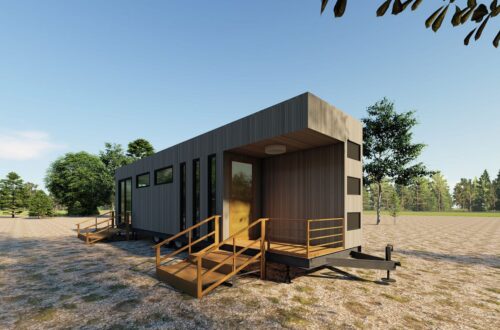Baby Diaper Material: Composition and Properties
# Baby Diaper Material: Composition and Properties
Baby diapers are an essential product for parents, designed to provide comfort, hygiene, and convenience. The materials used in baby diapers play a crucial role in their performance. Understanding the composition and properties of these materials can help parents make informed decisions when choosing the right diaper for their little ones.
## Composition of Baby Diaper Materials
Modern baby diapers are made up of several layers, each serving a specific purpose. The primary materials used in diaper construction include:
– Top Sheet: This is the layer that comes into direct contact with the baby’s skin. It is typically made from a soft, non-woven fabric that is gentle and breathable.
– Absorbent Core: The core is the most critical part of the diaper, responsible for absorbing and retaining moisture. It is usually composed of a blend of superabsorbent polymers (SAP) and fluff pulp.
– Back Sheet: The back sheet is the outer layer of the diaper, designed to prevent leaks. It is often made from a waterproof material like polyethylene.
– Elastic Components: These include leg cuffs and waistbands, which are made from elastic materials to ensure a snug fit and prevent leaks.
– Adhesives and Fasteners: These materials are used to secure the diaper in place. They are typically made from hypoallergenic materials to minimize the risk of skin irritation.
## Properties of Baby Diaper Materials
The materials used in baby diapers are chosen for their specific properties, which contribute to the overall functionality and comfort of the diaper:
– Softness: The top sheet and other materials in contact with the baby’s skin must be soft to prevent irritation and ensure comfort.
– Absorbency: The absorbent core must have high absorbency to quickly wick away moisture and keep the baby dry.
– Breathability: The materials should allow air to circulate, reducing the risk of diaper rash and keeping the baby comfortable.
– Leak Protection: The back sheet and elastic components must provide effective leak protection to keep the baby and their surroundings dry.
– Hypoallergenic: All materials should be hypoallergenic to minimize the risk of allergic reactions or skin irritation.
– Durability: The diaper must be durable enough to withstand the baby’s movements and activities without tearing or losing its shape.
## Environmental Considerations
With growing environmental concerns, many parents are also considering the ecological impact of diaper materials. Some diapers are now made from biodegradable or sustainable materials, offering a more eco-friendly option. However, it’s essential to balance environmental considerations with the need for performance and comfort.
In conclusion, the materials used in baby diapers are carefully selected to provide a balance of comfort, absorbency, and leak protection. Understanding these materials and their properties can help parents choose the best diaper for their baby’s needs while also considering environmental impact.
Keyword: Baby Diaper Material


